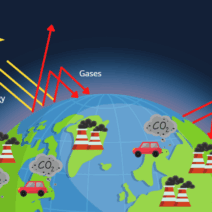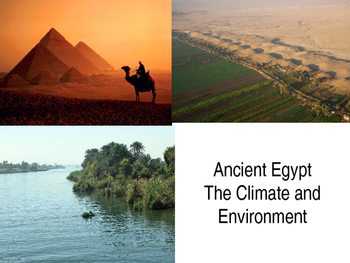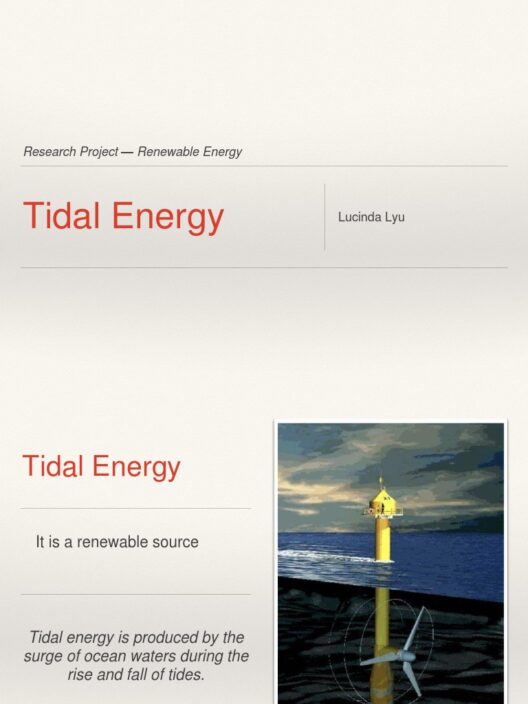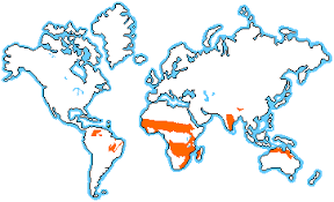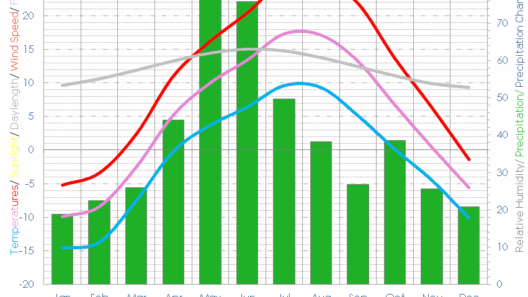With the contours of ancient civilization etched into its very sands, Egypt’s climate serves as a testament to the interplay between history and the relentless march of time. Enshrouded in the whispers of pharaohs and the grandeur of the Nile, the climate of this storied land is a duality of extremes—overwhelming heat and scant rainfall punctuated by the life-giving floods of the river that cradled early society. The climate stands as both a challenge and a bastion of survival, shaping cultures, economies, and ecosystems with each passing epoch.
Egypt sits predominantly in the grasp of a desert climate, classified by arid conditions and an expansive seasonal variation. The air is parched, transforming the landscape into an intricate tapestry of dunes, rocky plateaus, and the ever-present flow of the Nile, a lifeline coursing through a seemingly inhospitable environment. Summer months can reach scorching highs, with temperatures soaring to above 40 degrees Celsius (104 degrees Fahrenheit), while winters bring a reprieve, albeit fleeting. The respite of winter rarely plunges beyond 9 degrees Celsius (48 degrees Fahrenheit), emphasizing a stark contrast between the seasons and weaving a complexity into the Egyptian climate narrative.
Rain, that elusive blessing, is a rare phenomenon. Most of Egypt’s regions receive less than 50 millimeters (2 inches) of precipitation annually, leaving vast stretches of land relatively barren. This scarcity shapes not only the natural landscapes but also dictates agricultural practices that have defined Egyptian life for millennia. The Nile, with its predictable annual floods, is a calendar that channels life into an otherwise barren land, turning the desolate into the fertile—a metaphor for resilience in the face of adversity.
During the summer, a hot wind known as the Khamsin sweeps across the land, bringing with it dry dust storms that obscure the sun’s brilliance, creating an atmosphere thick with particulate matter. This wind acts as a reminder of the harsh realities that desert dwellers have endured, a harbinger of the heat that can overwhelm the unprepared. In contrast, the winters offer tantalizingly mild days, adorned with cool breezes that whisper through the oases and coastal regions, providing an inviting escape from the oppressive summer stretch.
The interaction between the Mediterranean and desert climate further augments Egypt’s climactic character. The coastal areas along the Mediterranean Sea benefit from a slightly more temperate climate, characterized by mild, wet winters and warm, dry summers. This creates a microcosm of biodiversity along the coastline—flora and fauna that thrive on the moisture-laden air, contrasting sharply with the desolate expanses inland. It establishes a unique ecological niche, demonstrating nature’s ability to adapt amidst adversity.
The Nile River, as it snakes through the land, serves not only as an artery of sustenance for civilization but also as an ecological corridor, fostering life in myriad forms. Green strips of life follow its banks, nourished by the annual inundations that enrich the soil, creating agricultural paradises amidst otherwise arid landscapes. The inundation cycle is an annual ballet, a delicate balance of nature’s rhythms, marking the agricultural calendar and thus the development of human society. Without this vital waterway, the cradle of civilization that is Egypt may have never flourished.
Yet, as modernity knocks on the door of ancient lands, the challenges presented by climate change loom large. The threats posed by rising temperatures, desertification, and unpredictable weather patterns stand ready to alter the very fabric of life in this storied region. Egypt’s economy, still deeply intertwined with agriculture, faces a critical juncture. Crop yields may dwindle and food security may become tenuous as rising waters of the Mediterranean encroach on deltas, compromising arable land. This intertwining of past glory and future peril evokes a poignant metaphor—Egypt, rising from the sands of history, now finds itself challenged by the very elements that shaped its existence.
Adaptation is key. As awareness of climate change proliferates, sustainable practices promise a way forward, offering glimmers of hope amid environmental despair. Delving into innovative agricultural techniques such as drip irrigation, crop rotation, and integrated farming has begun to redefine agricultural paradigms, aiming to harmonize the delicate balance between preserving tradition and embracing change. Such endeavors are critical as they reflect an understanding that, while history is set in stone, the future remains malleable.
In conclusion, Egypt’s climate encapsulates a paradox—a realm where ancient sands cradle the dual forces of life and desolation. The interplay of heat and water manifests a unique tapestry of challenges and opportunities. As history intertwines with future aspirations, Egypt stands at the crossroads—embracing innovation against the backdrop of its ancient legacy, ever ready to rise once more amidst the shifting sands of time. The climate of Egypt, much like its storied past, will continue to evolve, shaping the destiny of a land famed for both its trials and triumphs.
